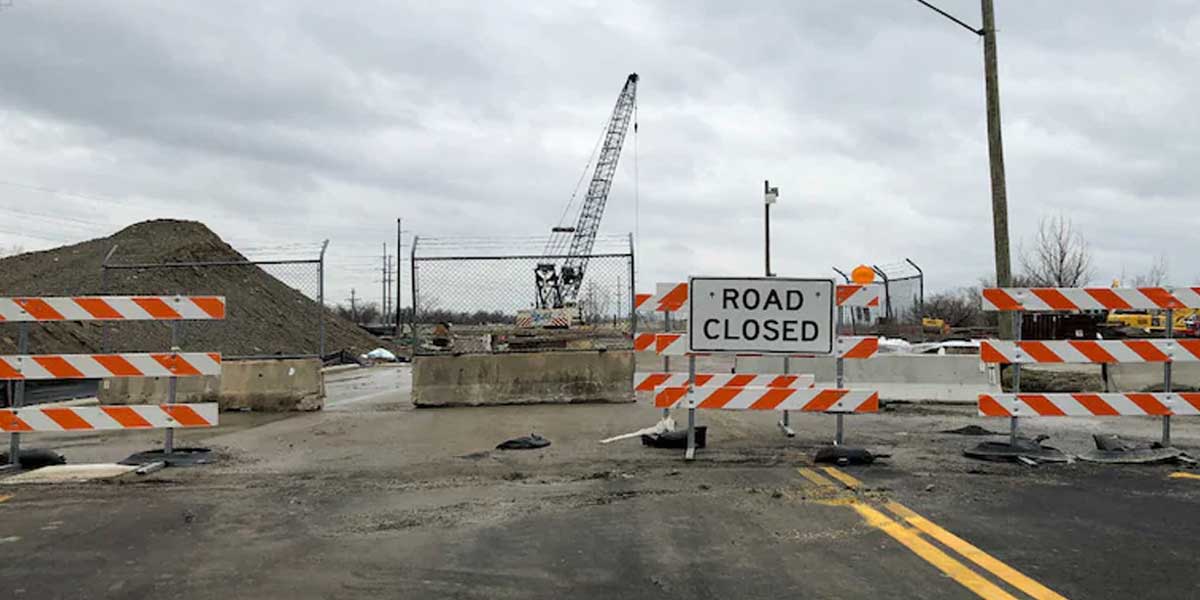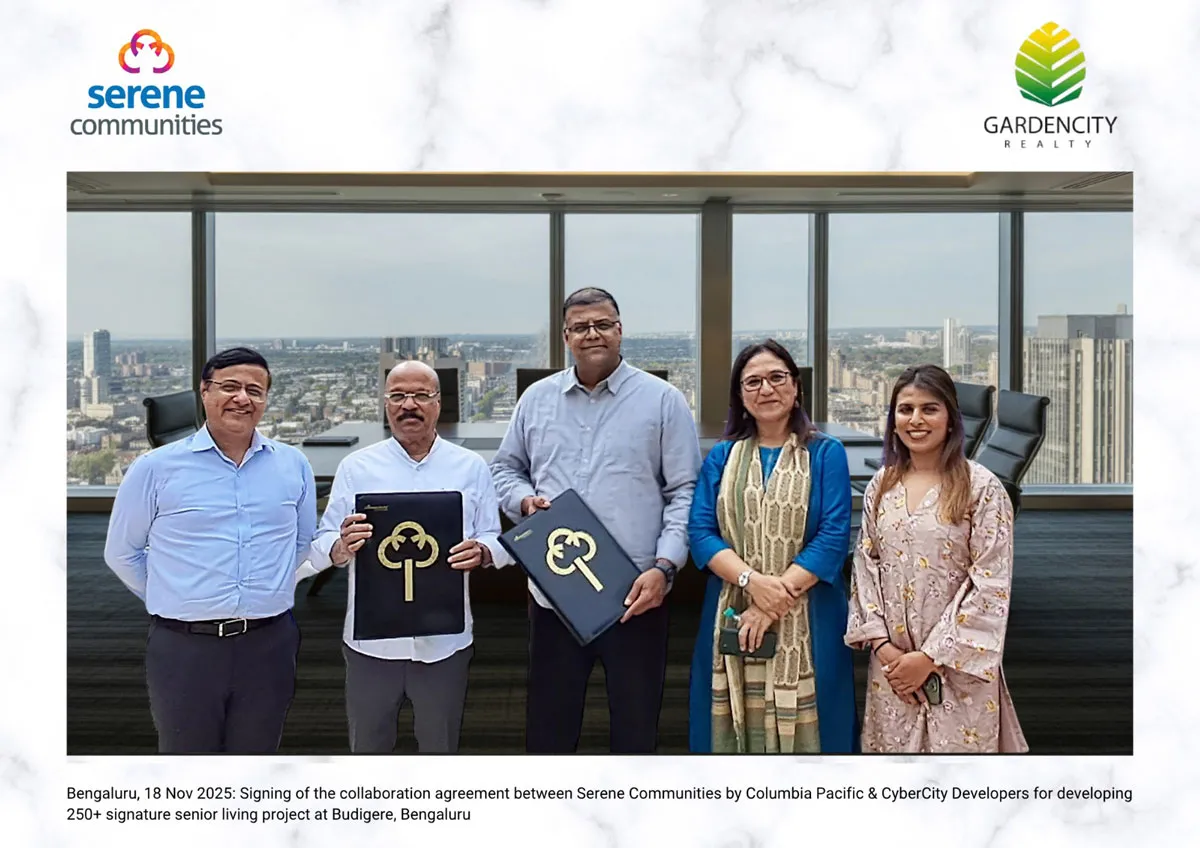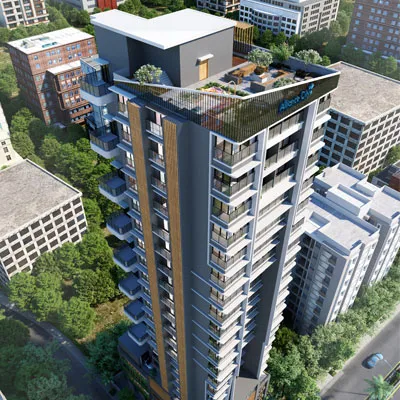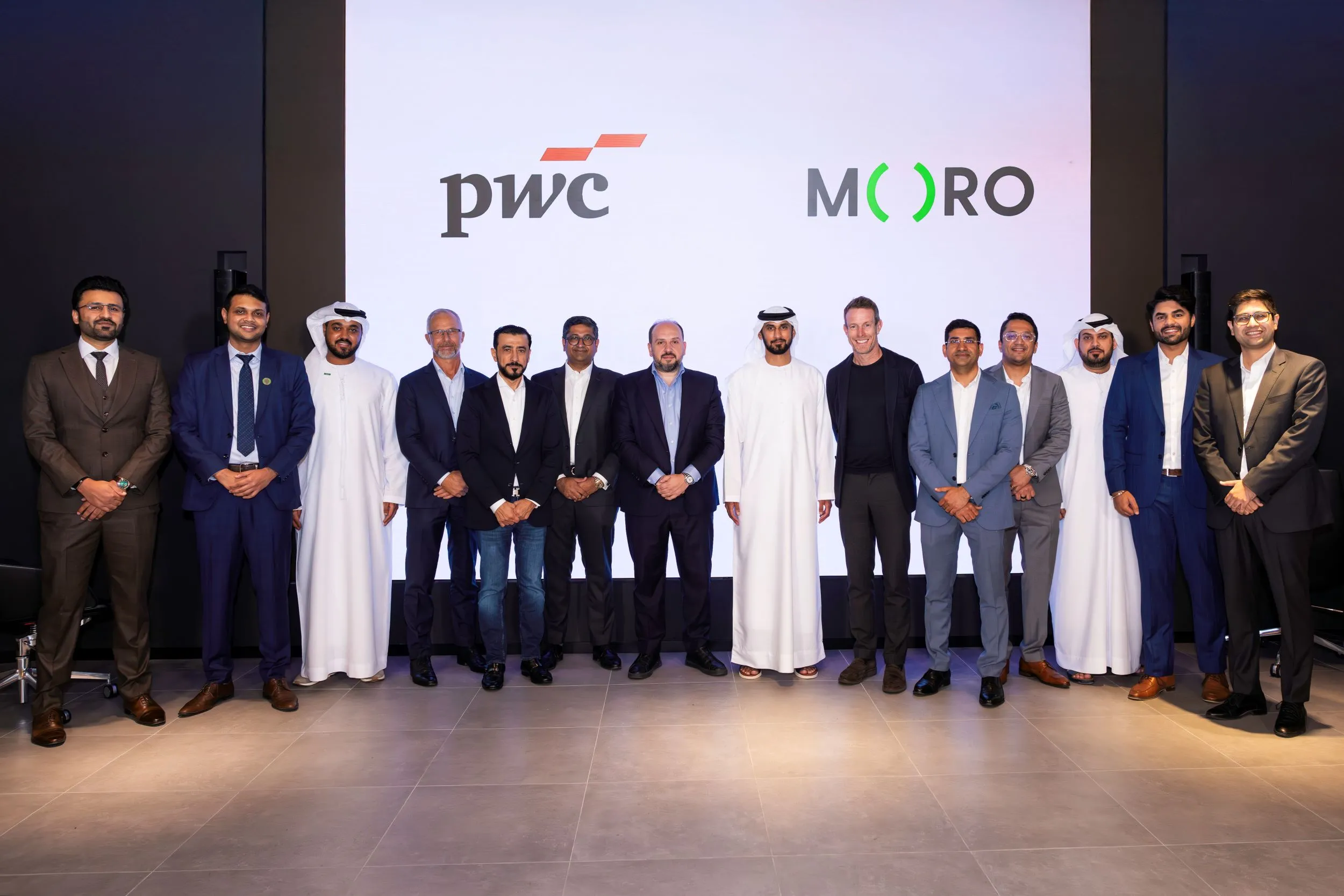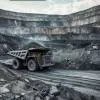Monetisation of assets is key to the survival of operators while also empowering bodies like MoRTH and NHAI with the requisite funds required to keep building infrastructure projects.
As we scale up the pace of infrastructure building in India, one of the primary concerns is also unlocking the investment value of these assets to generate long-term patient capital that can be used for further public good, mainly in infrastructure projects.
In any road project,80-85 per cent of NHAI’s expenditure goes into construction and land acquisition, hence monetisation of assets remains an important aspect. Moreover, the National Monetisation Pipeline (NMP) has mandated thatRs 1.6 lakh crore of monetisation should come from the roads and highways sector out of a total of Rs 6 lakh crore. “To achieve this target, different approaches ranging from InvITs and TOTto HAM,have been utilised,” says Anand Kulkarni, Director, CRISIL. “In the current scenario,InvITs have played out well for NHAI. Though TOT models have also been utilised to raise funds, the response has been a mixed bag – 50 per cent of the projects have been awarded under TOT however half these projects have been cancelled. Hence, it is safe to say that the InvIT model will continue to play a key role in monetisation of assets.However, challenges remain.”
Key challenges: From clearances to cost inflation
Market gurus point out that though NHAI is announcing and awarding projects,in many casesit is unable to complete the land acquisition in time. Keeping this in mind in the initial bidding itself, extra costs are considered.However,as the inflationary period begins, NHAI is compensating it by way of the wholesale price index (WPI) but the real inflation is much higher. This,in turn, is creating a cost pressure.
“The capacity to construct good quality international roads provides no challenge at all but developers are still struggling with approvals and clearances,” says Vijay Agrawal, Executive Director, Equirus Capital. “Another factor is financing. Interest rates have increased and HAM incomes are not matching the increased rates. Further, the cost inflation of steel and cement has gone through the roof. But WPI is not compensating. This impacts the developer’s profitability to about 3-5 per cent.”
Likewise, the scope of work changes often in road projects, escalating the project cost. Such issues need to be addressed at the beginning itself so that the developer is not short-changed. Likewise, a proper toll loss system needs to be in place so that in case of a loss, compensation is timely. At a time when India is keen to attract FDI in infrastructure, this is important. More so because globally precise protocols are in place to avert such situations, which boosts investor confidence. In India, investors are often scared that their investments will be stuck in the absence of a similar mechanism.
InvITs for infrastructure and REITs for real estate
Even though key challenges remain,InvITs and REITS have emerged as popular choices of investments.According to Agrawal,“In the past three years, 16 private InvITs raised a total of Rs 79,000 crore. Three publicly traded InvITs have a market valuation of Rs25,000 crore and an enterprise value of Rs 39,000 crore, besides which NHAI raised Rs 17,000 crore in TOT monetisation. A market valuation of Rs 65,000 crore and an enterprise value of Rs 89,000 crore are held by three listed REITS. InvITs for infrastructure and REITs for real estate have become attractive ways to monetise assets.”
InvITs: Are they safe?
Though InvITs have emerged as a likeable model of monetisation, most of the business is coming from foreign investors. The participation of Indian investors in this arena has been limited. NitanChhatwal, Chairman, ShremInVit,says “As InvITs are neither equity nor debt but a hybrid of sorts, Indian investors are taking some time to go all in. Any apprehension anyone may have is entirely misplaced. First, the entire investment sum is maintained in bank-owned escrow accounts. No promoter or sponsor has the right to withdraw money at any time. Whatever is made belongs exclusively to the unit holder. Second, the return an investor receives today is also superior to what a fixed deposit with a bank may provide. It's not quite a bank, but when operating in accordance with SEBI regulations, it functions just as well.”
Asset monetisation: Key to growth of world-class infrastructure in India
In the current scenario, monetisation of assets has been driven by sheer political will as the Government is keen to build more roads and infrastructure and needs more money to do so. This has led to a consolidation of sorts. Most developers and EPC players want to construct and churn out the money faster, and then sell the asset to a third party who can hold it for a long time.
“A lot of international funds are moving into India,” points out Dr Zafar Khan, Chief Operating Officer, Highway Concessions One. Approximately 12 funds are already in the market. Of these, 10 have already invested; 78 concessions are being operated by international funds. Slowly, these assets will move from developers and EPC players to long-term asset management companies. In a way, this is good for the country as the international players would like to see their assets be maintained to international standards, lesser litigation, better user perspective.”
This trend will lead to healthy competition for better roads and better facilities. Eventually, the long-term holding capacity will develop a model of asset management where the user will be the priority.
Long-term goals and reforms
As monetisation of assets keeps gaining momentum, key players in the market have to be in sync and welcome the newer models coming into play. “Monetisation of assets will continue with InvITs becoming the preferred route, apart from participation of private investors,” says Suneet Maheshwari, Founder and Managing Partner, Udvik Infrastructure. Going further, ridership experience and commuter experience will become an important element, giving rise to healthy competition. Likewise, the process of bidding will also become more aggressive. As many infrastructure projects are spread across 15 to 25 years, the Government needs to focus on creating a precise dispute resolution mechanism to resolve any issues faster. This will ensure that the risk factors as viewed by pension funds, insurance funds and offshore investors are addressed and investments in projects continue unabated.”
